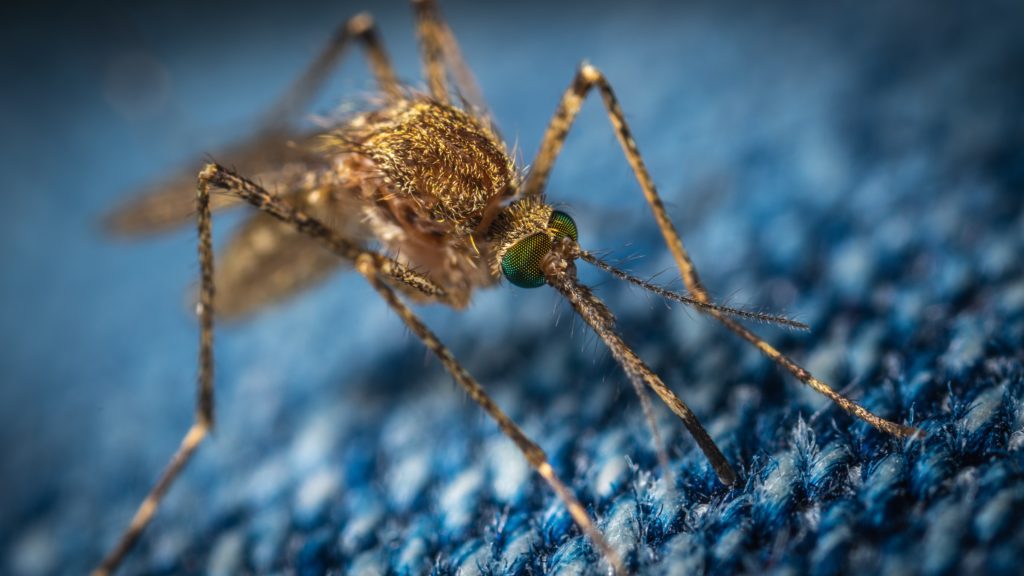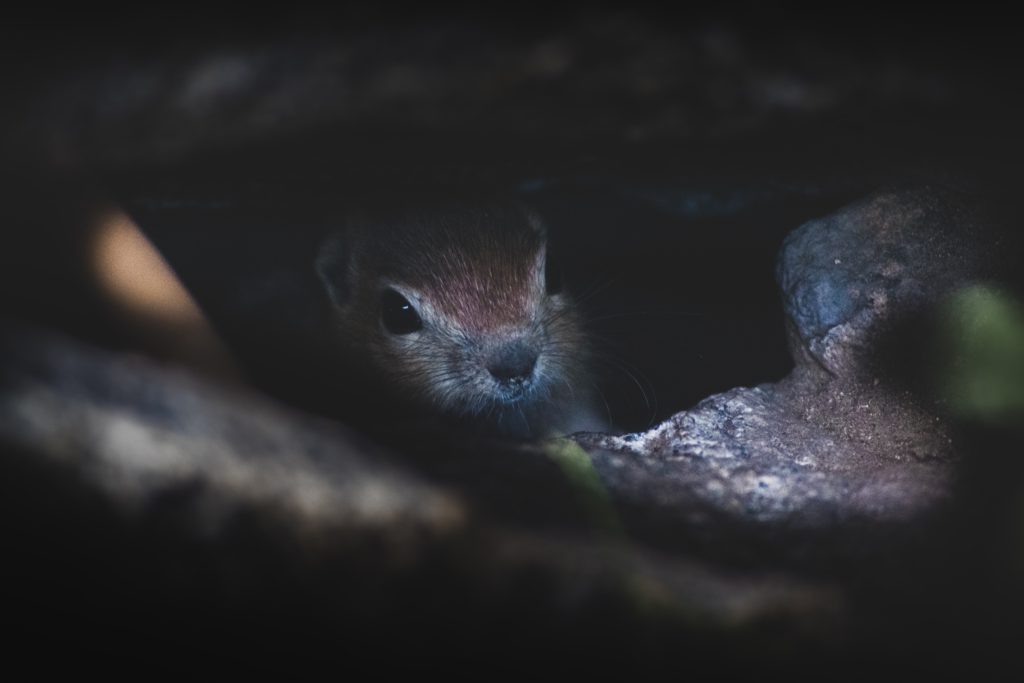Contributed Post
Picture by Pixabay
Your home should be your fortress, a place you can feel relaxed, let your guard down and not have to worry about potential hazards in your home affecting your health and safety. By increasing your awareness on issues that could be affecting your home, you will begin to notice the signs of pests early and prevent them worsening over time. This post explains the warning signs of pests, the risk they can pose to your health and home, and how you can prevent and cure pest infestations.
Pests
According to Statista, the pest control market grew by 2.8% between 2013 and 2018 as the demand for pesticide products and professional services increased in the U.S. These services include small scale insect repellant spray, to protecting crops with insecticides, from hiring exterminators to treat entire commercial and residential premises, to the surreal tent fumigation scenarios eradicating vermin and insects from entire buildings. Each possesses a common goal in mind to prevent and protect people and places from pests that can impact people’s health, destroy homes and belongings.
To increase awareness of potential pests, here is a list of pests to be wary of in and around your home.
Pests
- Rats and mice
- Bees and hornets
- Termites
- Squirrels
- Spiders
- Cockroaches
- Birds
- Fleas
- House Flies
- Moths
The Risk
The type of pest your home will be prone to depends on the climate, area, and sanitary condition of your street and home. In a lot of scenarios people underestimate the damaging effects something as small as an insect or rodent can have on a person’s health and buildings structure. For instance, according to the National Pest Management Association, 5 billion dollars worth of destruction to buildings including homes and commercial property is caused by termites each year in America. Mosquitos well known for their ability to spread malaria, are accountable for 800,000 deaths annually. This means that mosquitos are more dangerous than predators such as sharks, alligators and snakes combined. Beyond this, once a pest enters your home, other bugs may be brought inside attached to existing vermin, exacerbating an already stressful problem. Furthermore, he risk of illnesses’ such as exposure to harmful pathogens carried by rodents from contact, their faeces and urine, could cause detrimental health issues such as respiratory issues and diseases.
Picture by Erop Kameneb
Warning Signs
Picture by Karl Anderson
Pests tend to seek dark places in your home that are not commonly used to avoid being disturbed. Further to this, pests mainly tend to venture out at night when it’s dark and silent. Their nature to cause little disruption in their movements and occupy the dark corners and spaces of your home means that in some cases unless you are actively looking for warning signs, you may not find them until it’s too late. With the risk of pests multiplying quickly, this could spell disaster for the health of you and your home. Below are a few points to look over to help you establish whether your home may be suffering from an influx of pests.
- Noise – Pests are quiet, but they’re not silent, if you hear sounds in the high-risk areas of your home, usually at night, such as in the kitchen, basement and attic, inspect the issue further. Because the bumps, creaks and clunks you hear could be linked to rodents scurrying around your home. You may want to also prop your ear up against the wall, as rodents may be running through the wall cavities of your home.
- Holes And Bite Marks – If the wiring for the TV or phone has been gnawed or torn apart completely, or furniture in your home has been chipped away, or clothing has holes in them that you can’t seem to explain, it might be possible that you have pests in your home. Ranging from termites who are attracted to wood such as your furniture, moths that could be ravaging your clothes and rodents that could be chewing through wires.
- Droppings – If you find a group or trail of droppings around your home this is another clear indication you have a pest issue in your house. Be careful when you approach any droppings as they carry dangerous pathogens. However, you can use the droppings to assess what kind of pest may be in your home.
- Smell – For rodents, in particular, you may smell their presence in a specific location of your home where they may be living. It may be a combination of stored food, wee and droppings, it’s usually similar to the smell of keeping a caged pet. This smell may potentially lead you to a nest for the pests.
If any of the above signs seem familiar, you may have a pest infestation. Refer to cures to eradicate this issue from further affecting your home and health.
Prevention
If you want to avoid pests encroaching on your home there are a few things you can do below;
- Food – A lot of pests such as ants and rodents are attracted to food, which is why it’s essential to seal away all food in your kitchen and pantry in airtight Tupperware, to ensure rodents can’t access and steal the food, but also to prevent contamination by leave droppings, saliva and fur that can spread bacteria and diseases.
- Cleaning – Cleaning your home regularly is an excellent way to keep pests at bay. For instance, clearing away food and crumbs from the kitchen, or other areas of your home, regularly washing dishes or putting these in the dishwasher will prevent pests from being drawn to odours and leftovers. Hoovering and wiping away dust and debris will also help to avoid dust-mites, along with washing bedding, blankets and curtains routinely.
- Bins – For pests, trash cans are a breeding ground for attracting all kinds of pests, which is why you should make an effort to secure your bin, but also empty your bin and wash it routinely to prevent the odour building up which can also attract pests. Apart from your indoor bin, keep the trash on your bin outside the house too. This will prevent rodents from getting into the bin becoming closer to your home and possibly look for an entryway into your abode.
- Cracks and crevices – Examining your home to assess any entryways for pests will allow you to block these areas and prevent bugs and birds accessing your home. Different seasons cause different pests to seek shelter, whether for protection from the weather or to begin laying eggs in a warm, enclosed environment. The same can be said for routinely closing windows, and air vents as these also allow pests such as termites and cockroaches to seek refuge in your home. Remember to inspect your loft and basements too the dark, mostly undisturbed areas will be an attractive spot for rodents and birds.
- Cluttered homes are more prone to attracting pests, creating lots of dark corners and hoes for insects to settle in between. If you can minimize things in your home to prevent pests from forming homes amongst the clutter, do.
- Install Screens – Fixing screens to your doors will allow fresh air in without risking bugs and animals climbing in through the doors and windows.
- If your pets spend time outdoors before they enter your home check their coats for any fleas. Once your pets enter your house with fleas, they spread quickly and are very difficult to get rid of.
- The way you landscape your outdoor areas could impact the number of pests that enter your home. In a bid to prevent pests in your garden moving indoors, always plant shrubs, plants and trees away from your home to avoid attracting bugs close to your home.
The above points mainly concern identifying entryways and blocking these to your home, alongside keeping tabs of the cleanliness of your residence, ensuring all food is kept locked away from pests, plus keeping an eye the forgotten or most neglected areas such as the basement and attic.
Cure
Whether you can eliminate a pest issue depends on your expertise and the scale of the problem you have found in your home. With an abundance of pesticides available in-store and online, you have an array of chemicals to choose from to repel or trap specific pests. However, if you find you are not sure about what pest is in your home or you don’t feel confident using the products you can purchase, it would be in your interest to hire an expert to assess the issue. After the assessment the professional can provide you a quote tailored to the scale and type of pest that has invaded your home. For instance, a squirrel removal cost may vary in contrast to removing a hornets nest, termites, or rats. A lot of exterminators hold experience in getting rid of a few different types of pests, thus will be able to identify from the warning signs in your home which pest has encroached and what treatment is most appropriate.
Knowing the in’s and outs of pest infestations can help you to establish the following; the type of pests prone to infiltrating your home. The warning signs to look out for to determine whether your home may be housing rodents or unwelcomed bugs, the things you can do to protect your home from a pest invasion occurring and what you should do in the event that you think you do have pests.









